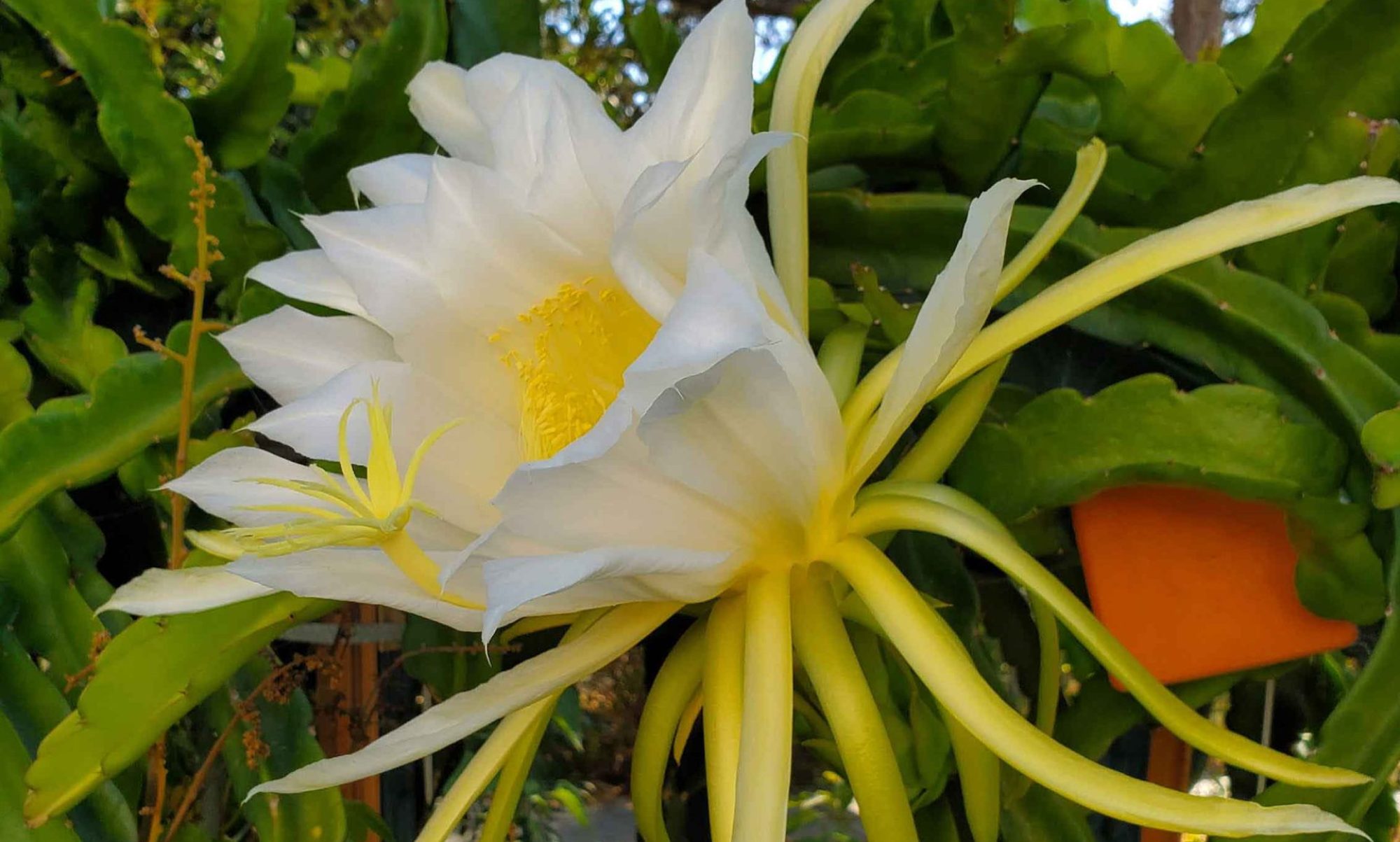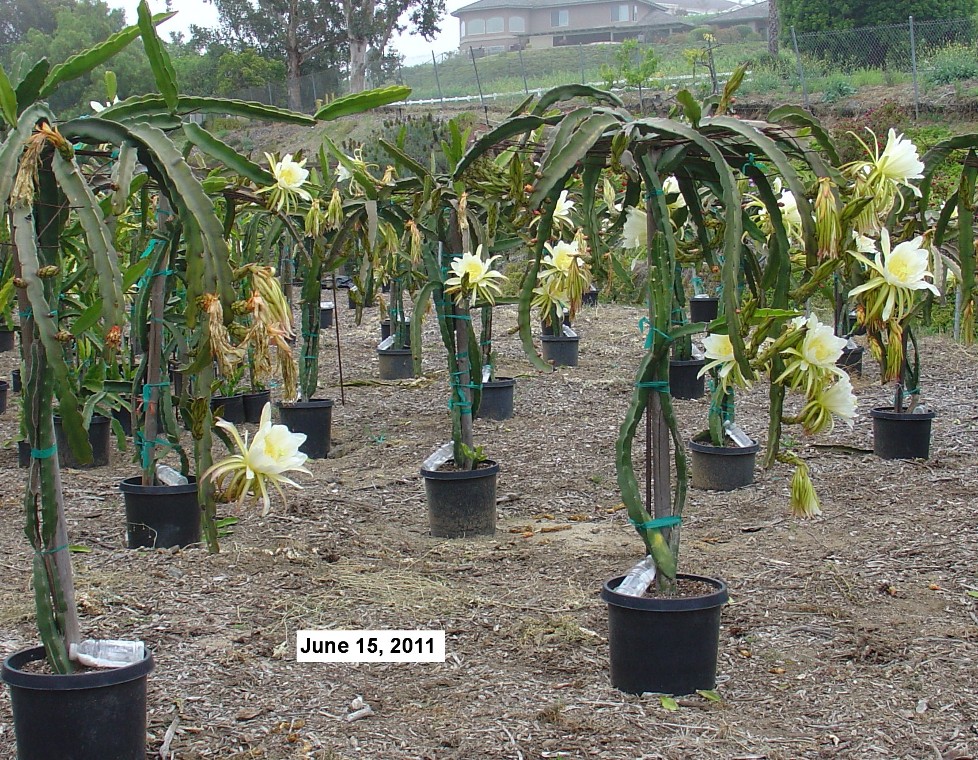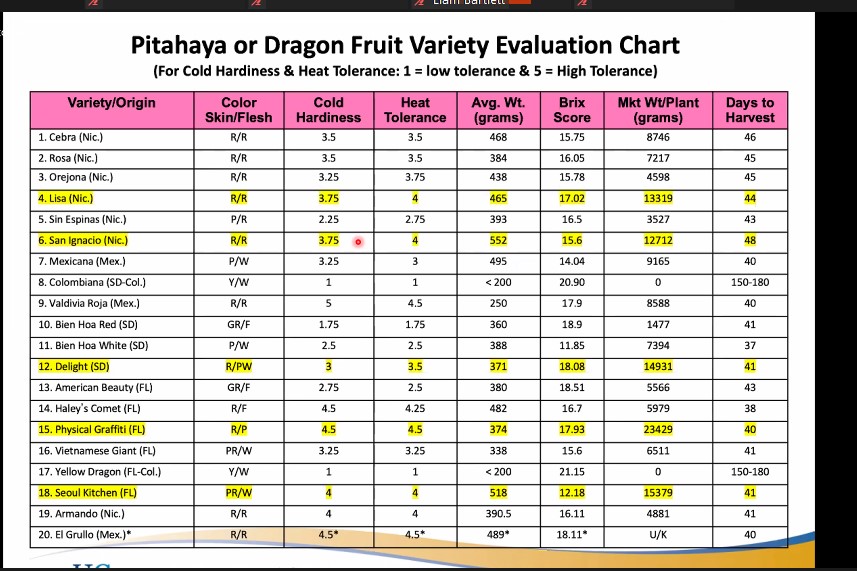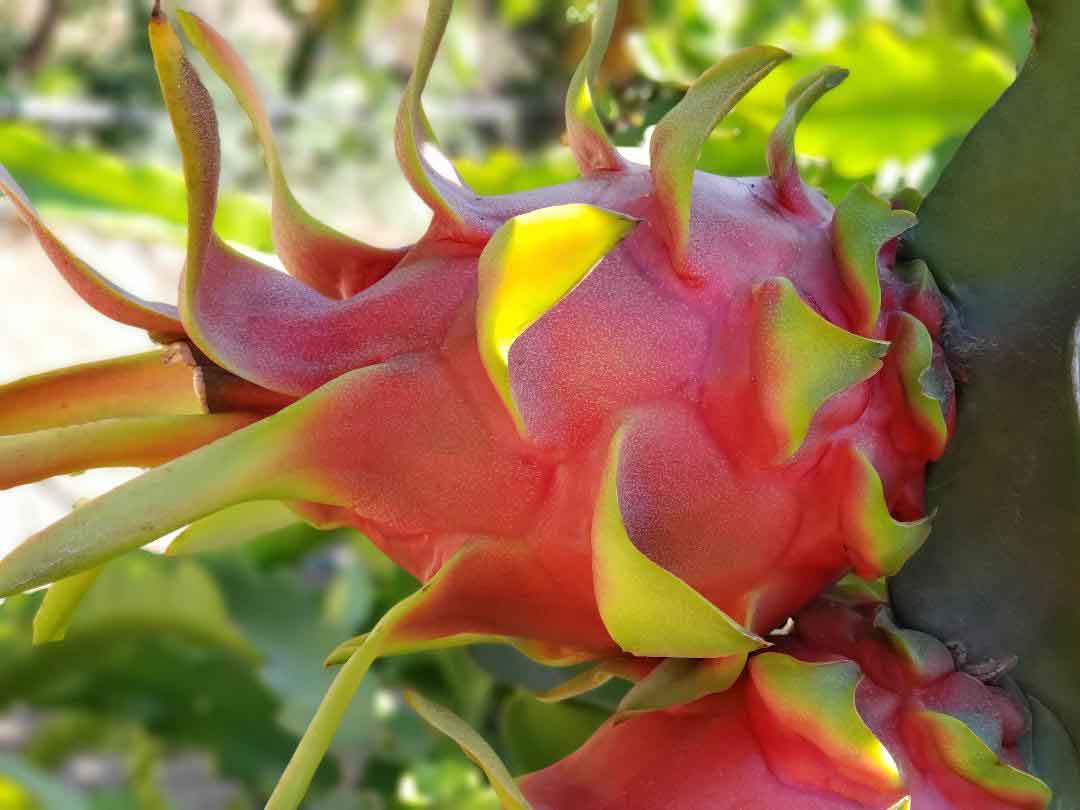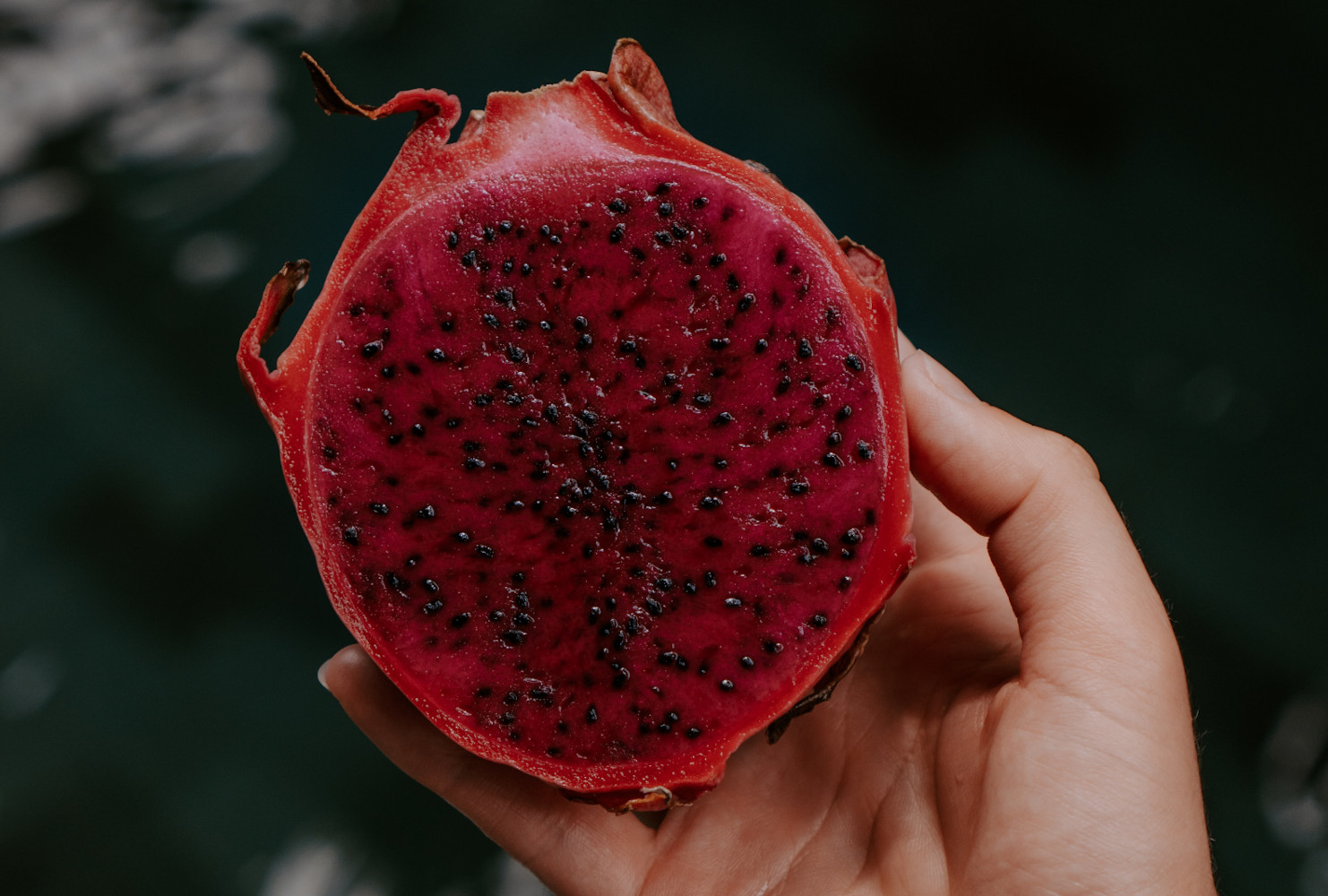So if you are still interested in cuttings or plants, please let us know ASAP.
In the course of researching how to support these vines which can develop to over 200 lbs in weight, I happened upon the website of the late Gery Kesslau and his wife Linda Nickerson. I was so taken with their triangular trellises that I wrote to Linda and she very very kindly sent me the following (which I reprint with her permission):
I’m happy to share what we’ve learned about supporting DF over the past 20 years. The triangular support was the only thing Gery could think of that would support DF when we started out. Over the years it did not prove to be the best due to the cost of that much redwood, trying to support it in the ground as the plants got large and top-heavy, and most of our first frames have fallen over in spite of adding steel T-posts on several sides. Gery was a carpenter by trade and even mitered the horizontals which most people would not have done. We eventually adopted the method used by Ramero at the Irving test plot, but with the DF in #15 black PVC pots, extra holes drilled in them with a door-knob bit for better drainage, and a T-post driven through the bottom into the ground for additional support. Then a redwood 2×2 stake with two pieces of 3/8″ x 18″ rebar drilled through the top to form an X to support the frame for the arching branches and then topped with a frame of more 3/8″ rebar with old garden hose threaded on it (the best method) is placed in the pot and then securely wired to the steel post, and one DF plant put in each prepared pot. This method had a lot of advantages–1)Our soil is very bad here and we could put good soil in the pots easier than digging large holes and filling them with good soil; 2)when we watered, we were only watering the pot where the roots were, thereby conserving our very expensive water;3) the pot protected the roots from the gophers that plagued our property; 4)The steel post supported the plant and wood post even if/when the wooden post rotted and broke. If you keep your plants properly pruned, and do an annual compost top dress, these plant will grow and produce for many years.”
Linda also sent me a very long .pdf on dragon fruit growing which is now on our chapter Google Drive. I can send a link to anyone who desires it.
